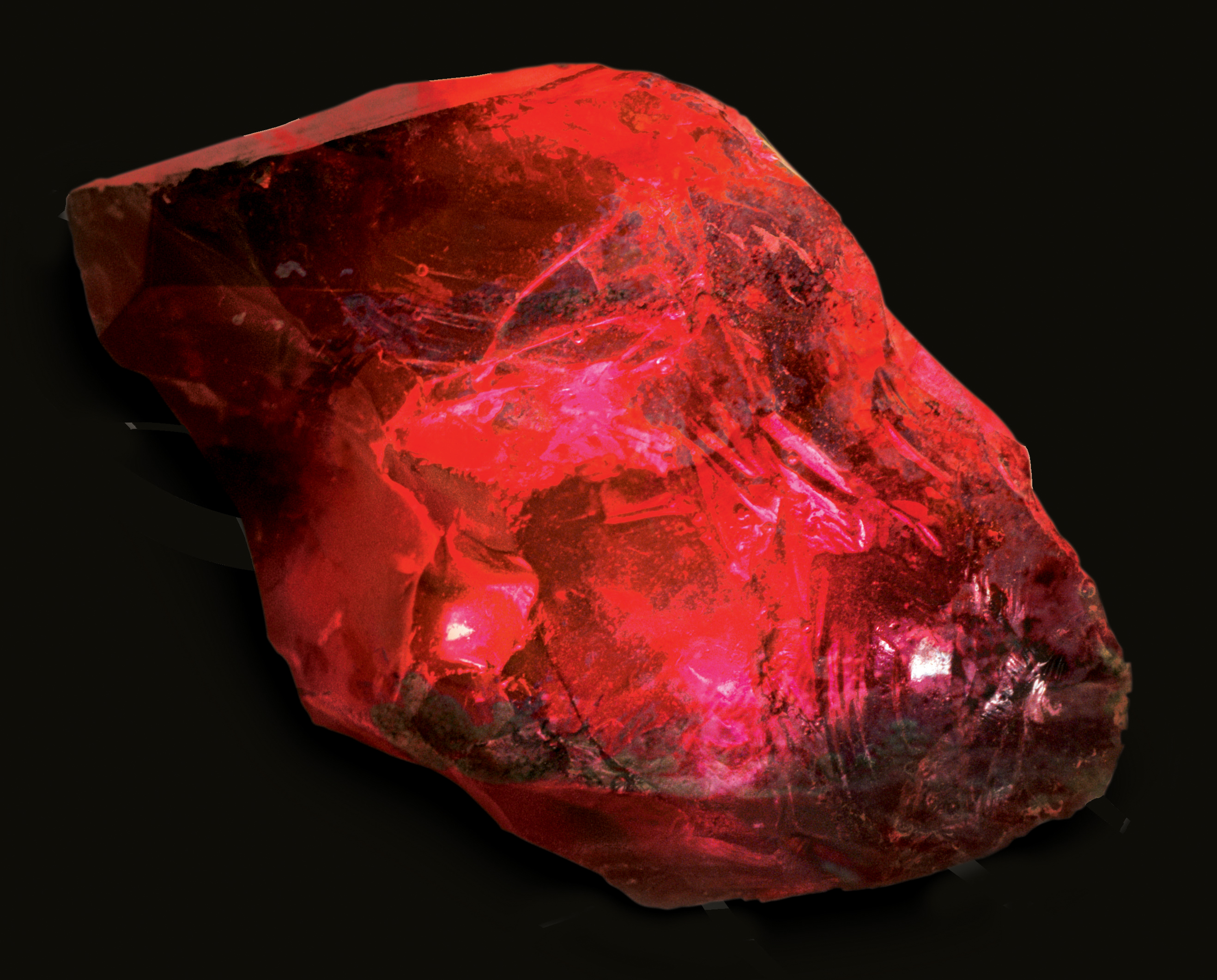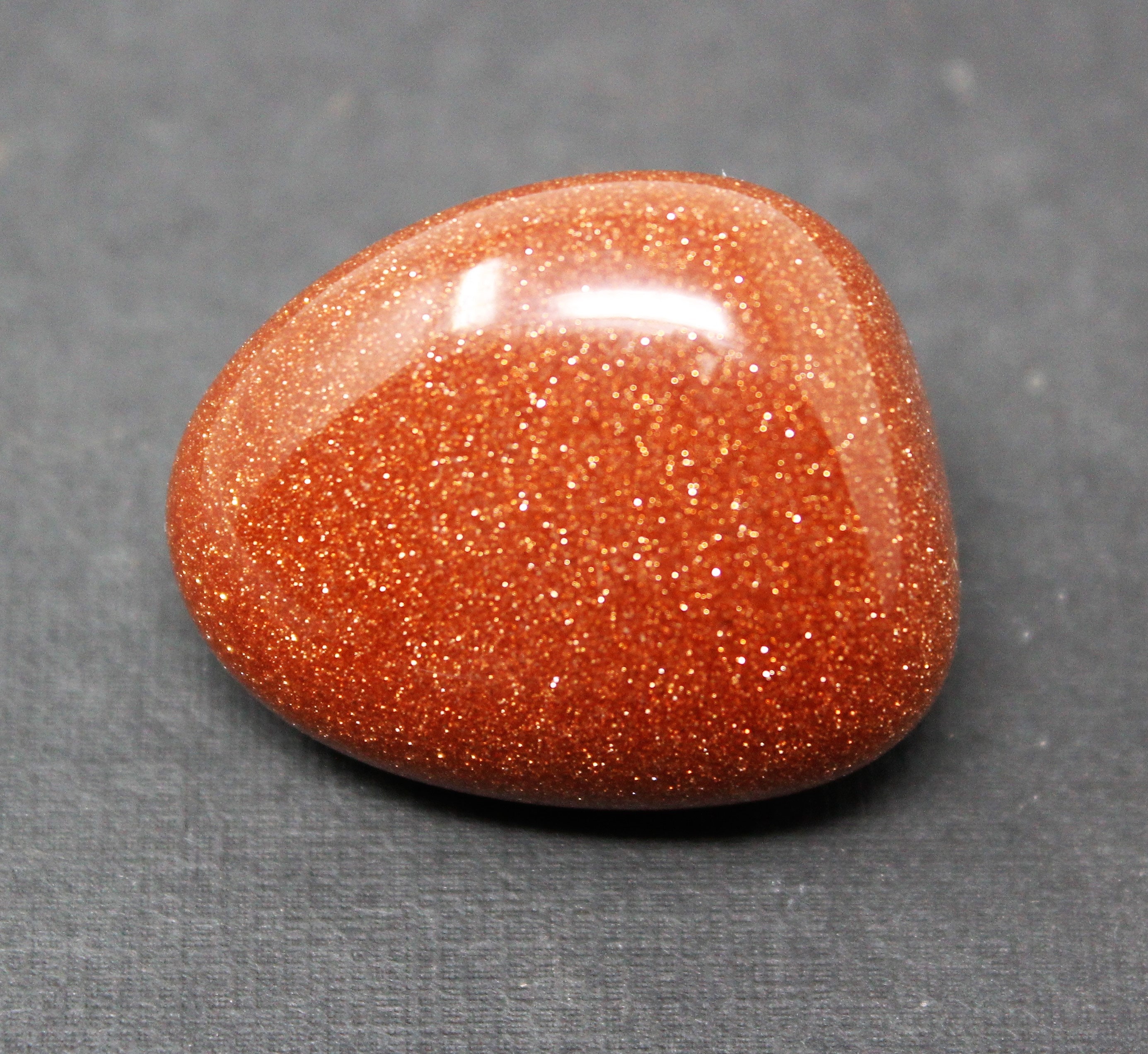The History and Origins of Roje Stona

Roje Stona, a fascinating practice rooted in ancient traditions, holds a rich history and cultural significance. Its origins can be traced back to various cultures and civilizations, each contributing unique elements to its evolution. This blog post delves into the historical context and cultural significance of Roje Stona, exploring the origins of the term and key individuals or events that have shaped its understanding and practice.
The Term “Roje Stona”
The term “Roje Stona” itself is a relatively recent development, emerging in the late 19th century. Its origins can be traced back to the merging of various practices and beliefs prevalent in different cultures. The term is believed to have been coined by a group of scholars who were studying the diverse traditions associated with stone manipulation.
Early Influences
Roje Stona has been influenced by a variety of ancient practices, including:
- Ancient Egyptian Rituals: Ancient Egyptians used stones in various rituals, believing they held spiritual power. This belief was incorporated into Roje Stona, emphasizing the importance of stones in connecting with the spiritual realm.
- Stonehenge and Megalithic Structures: The construction of Stonehenge and other megalithic structures across Europe suggests a deep understanding of the power and symbolism of stones. This knowledge influenced the development of Roje Stona, highlighting the importance of stones as symbols of power and connection.
- Chinese Feng Shui: Feng Shui, the ancient Chinese practice of harmonizing energy flows, also played a role in shaping Roje Stona. This influence is evident in the emphasis on placement and arrangement of stones to create specific energy flows and balance.
The Impact and Influence of Roje Stona

Roje Stona, a unique and enigmatic art form, has left an indelible mark on society, culture, and the arts. Its influence extends beyond its aesthetic appeal, shaping artistic expressions, fostering cultural dialogue, and inspiring new forms of creativity.
Impact on Society and Culture, Roje stona
Roje Stona has played a significant role in shaping social and cultural landscapes. It has fostered a sense of community and shared identity, bringing people together through its unique aesthetic and expressive power.
- Roje Stona has been instrumental in preserving traditional cultural practices and beliefs, particularly in communities where it originated. Its use in ceremonies, rituals, and storytelling has helped to transmit cultural knowledge across generations.
- The vibrant colors and intricate patterns of Roje Stona have become symbols of cultural pride and identity, representing the rich heritage and traditions of the communities where it is practiced. This has contributed to a sense of belonging and cultural awareness.
- Roje Stona has also played a role in promoting social justice and equality. Its use in protests and demonstrations has provided a platform for marginalized communities to express their grievances and demand change.
Influence on Other Art Forms
Roje Stona’s influence extends beyond its own artistic domain, inspiring and shaping other art forms and creative expressions. Its principles of design, color, and symbolism have been adopted and adapted by artists working in various mediums.
- The bold geometric patterns and vibrant colors of Roje Stona have influenced fashion design, with designers incorporating these elements into clothing, textiles, and accessories. Examples include the use of Roje Stona motifs in contemporary fashion collections, showcasing the enduring appeal of this art form.
- The expressive nature of Roje Stona has also influenced contemporary art movements, with artists exploring its symbolic language and its potential for conveying complex emotions and ideas. For instance, some artists have incorporated Roje Stona elements into their installations, sculptures, and paintings, creating new and innovative interpretations of this art form.
- The storytelling tradition associated with Roje Stona has inspired contemporary writers and filmmakers. The use of symbolic imagery and narrative techniques in Roje Stona has influenced the creation of literary works and films that explore themes of identity, culture, and history.
Contemporary Use of Roje Stona
Roje Stona continues to find new and innovative applications in contemporary contexts, demonstrating its enduring relevance and adaptability.
- The intricate patterns of Roje Stona have been incorporated into contemporary architecture, with designers using these motifs to create visually striking and culturally significant buildings. Examples include the use of Roje Stona patterns in facade designs, interior decorations, and public spaces, reflecting a growing appreciation for the art form.
- The vibrant colors and symbolic language of Roje Stona have also been utilized in graphic design, with artists using these elements to create visually appealing and culturally relevant branding and marketing materials. For example, Roje Stona motifs have been incorporated into logos, website designs, and promotional campaigns, showcasing the art form’s versatility.
- Roje Stona has also been used in digital art and animation, with artists exploring its potential for creating interactive and immersive experiences. This includes the use of Roje Stona patterns in digital art installations, video games, and animated films, demonstrating the art form’s adaptability to new technologies.
Roje stona, a popular term in the Balkans, signifies a “day of stone” – a day of immense hardship and struggle. This concept resonates with the journey of many athletes, including el bakkali , a Moroccan track and field star whose dedication and resilience have propelled him to the top of his sport.
Bakkali’s unwavering determination, even in the face of adversity, serves as a powerful reminder that even the most difficult “days of stone” can pave the way for extraordinary achievements.
Roje stona, a traditional Croatian dish, is known for its hearty flavors and rich history. Its preparation often involves slow-cooking a variety of meats and vegetables, resulting in a satisfying and flavorful meal. While the dish itself is rooted in Croatian cuisine, its popularity has spread beyond borders, attracting the attention of culinary enthusiasts worldwide.
The meticulous preparation and dedication required for roje stona, much like the commitment demonstrated by athletes like natalia kaczmarek , showcases a dedication to excellence that transcends cultural boundaries. Whether it’s the slow simmering of a traditional dish or the relentless pursuit of athletic achievements, both require patience, persistence, and a passion for perfection.
